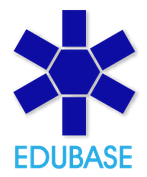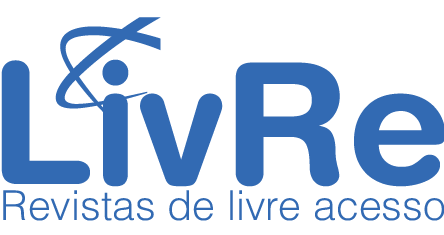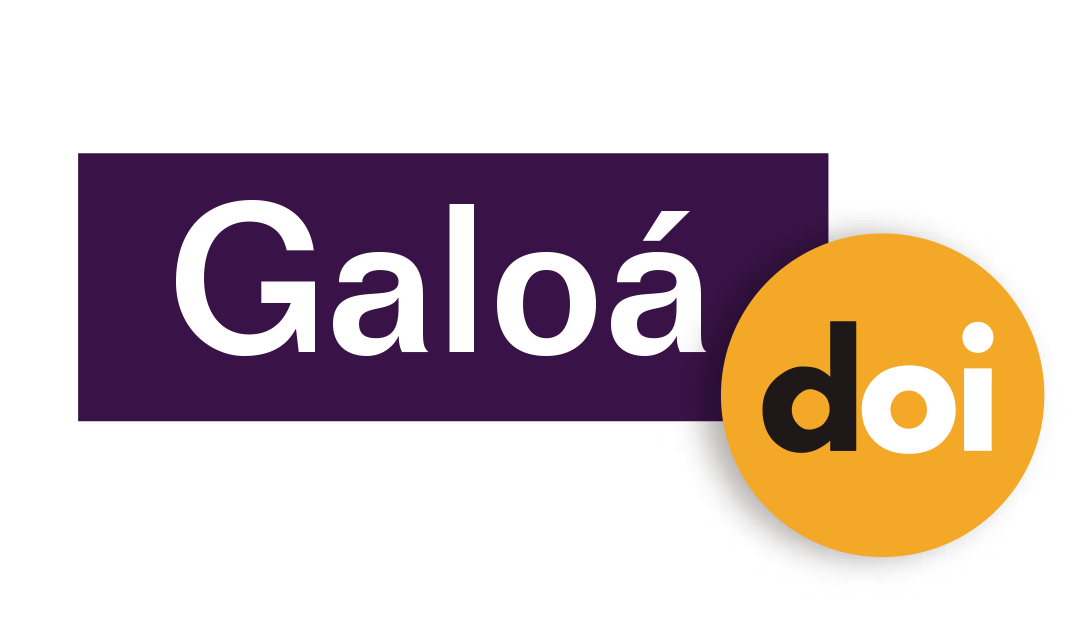A Learning Trajectory to the Understanding of the Curve Length Concept
Resumo
In this article, we present results of a research study focusing on the analysis of a hypothetical learning trajectory carried out with students taking a mathematics teaching degree. The aim of this study was to examine students’ understanding of the concept of curve length. The qualitative research was carried out with nine students participating in a course on Differential and Integral Calculus discipline of a private university in which that content was approached. The data were obtained through records of the students' worked out solutions, notes from observation recorded in the teacher's field diary and audio recordings made during the course development. From the analysis of the results, it can be inferred that the students showed gaps in their previous knowledge and difficulties on how to use that knowledge in the construction of new concepts; however, evidence was observed that the planned hypothetical learning trajectory facilitated, in part, the understanding of the concept of curve length.
Palavras-chave
DOI: https://doi.org/10.17648/acta.scientiae.v21iss3id5030
Apontamentos
- Não há apontamentos.
Direitos autorais 2019 Eleni Bisognin, Vanilde Bisognin, Etiane Bisognin Rodrigues

Esta obra está licenciada sob uma licença Creative Commons Atribuição 4.0 Internacional.
ANÚNCIOS
Informamos que, a partir de outubro de 2025, devido ao grande número de artigos na fila de submissão, está suspenso o aceite de submissões. Rebriremos em fevereiro de 2026.
Mais, informamos que sites fraudulentos, https://periodicos-ulbrabr.org e https://periodicos-ulbrabra.org, estiveram se passando pela Acta Scientiae, utilizando nosso nome e identidade visual e até solicitado taxas de APC, que nós não cobramos. Aconselhamos cautela para evitar serem enganados por sites semelhantes.
Conceito A2 na Capes(2021)
Índice h5 do Google Scholar: 13
Índice mediana h5 do Google Scholar:24
eISSN: 2178-7727
Indexações:
A Acta Scientiae é indexada em: | Scopus |  | Latindex |  | Edubase (SBU/UNICAMP) |
 | Sumarios.org |  | Google Scholar |  | Portal LivRe (CNEM) |
 | Journals for Free |  | REDIB |  | Galoá DOI |

Todos os trabalhos publicados aqui estão sob uma licença Creative Commons - Atribuição 4.0 Internacional.
